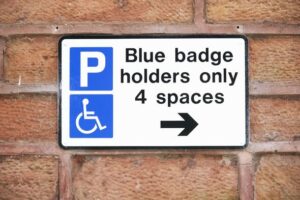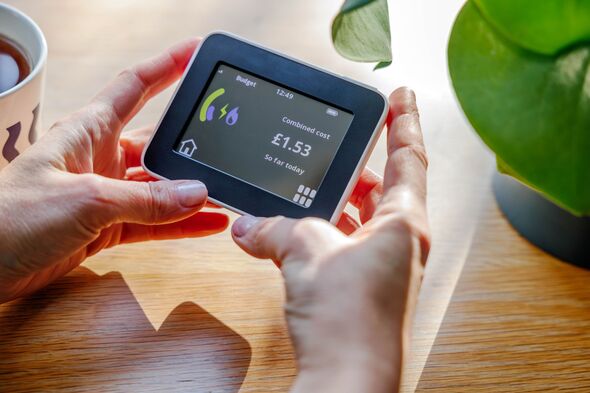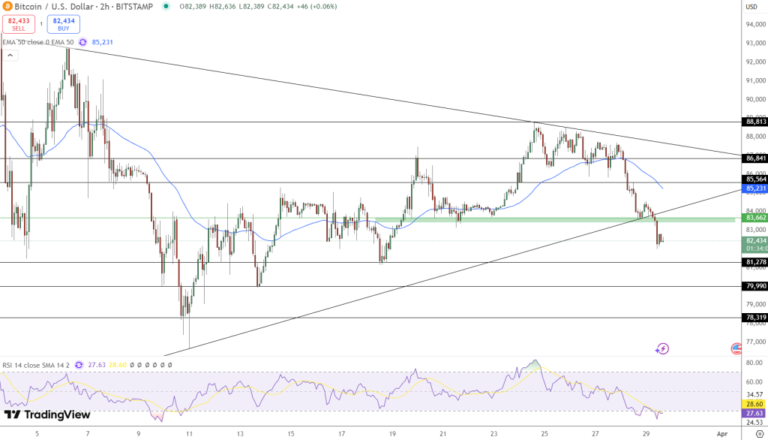
Certain pension savers have just under two weeks to claim tax relief on their savings, an expert has warned.
Higher-rate taxpayers can claim an extra 20% tax relief on their earnings, and they have until January 31 to file it to HMRC through a self-assessment tax return.
Dean Butler, managing director for retail direct at Standard Life, part of Phoenix Group, said: “If you earned over £50,271 a year in the last tax year, not completing a self-assessment tax return could lead to you missing out on valuable tax relief on pension contributions.
“Anyone with a pension receives 20% tax relief on every contribution they make, and this is added automatically. However, unless you’re using salary sacrifice to make pension contributions, higher rate taxpayers might need to claim the extra 20% of tax relief they are entitled to.”
This will then be repaid via a tax rebate, a change in tax code (which will mean you’ll pay less tax the following year) or a reduction in your tax bill for the current year.
If you’re not sure whether you’re contributing via salary sacrifice, your employer will be able to help.
Mr Butler continued: “Higher rate taxpayers should complete a self-assessment return every year they’ve paid higher rates, and anyone that hasn’t done this may have built up unpaid tax relief in arrears.
“It’s worth investigating if you think this applies to you, as you can make claims for up to four previous tax years, meaning you could be owed thousands of pounds from the government.”
He added: “HMRC doesn’t tend to prompt non-self-employed people to submit a self-assessment, so any higher rate taxpayers who pay their tax through PAYE need to actively request to submit a tax return.”
It should be noted that, once you start completing a self-assessment, you will be expected to complete one in each future year, unless you tell HMRC you no longer need to.
Another important reason to have a good grip on your tax return if you’re a higher earner is because you might have exceeded your annual allowance, and it’s your responsibility to disclose this.
Mr Butler said: “The annual allowance is the amount you can pay into your pension each year with tax relief, and this sits at £60,000 for most people. If you’ve already started accessing your pension, beyond your tax free cash, your annual allowance will reduce to £10,000, and if you earn £200,000 or more your allowance could begin to be ‘tapered’ down to £10,000.”
How do you submit a tax return?
To register for online self-assessment, you’ll need your Government Gateway user ID and password.
If you don’t already have a Government Gateway account, you can create one when you first visit the self-assessment section on the HMRC website. During this process, you’ll set up a user ID and password, and you’ll be sent a 10-digit Unique Taxpayer Reference (UTR) number by post.
Along with your UTR, you’ll receive an activation code, which may take up to 10 days to arrive. You must activate your account within 28 days of receiving the code, or it will expire. Once activated, you’ll be able to use the HMRC online service to submit your tax return.
Alternatively, you can submit your return by post.
Myrtle Lloyd, HMRC’s director general for customer services, said: “We know completing your tax return isn’t the most exciting item on your New Year to-do list, but it’s important to file and pay on time to avoid penalties or being charged interest.
“The quickest and easiest way to complete your tax return and pay any tax owed is to use HMRC’s online services – go to GOV.UK and search ‘Self Assessment’ to get started now.”



















